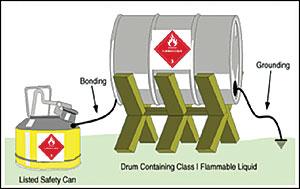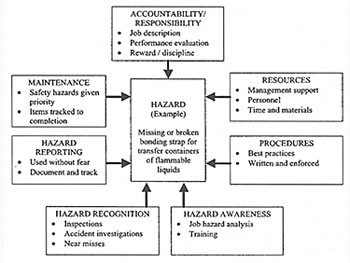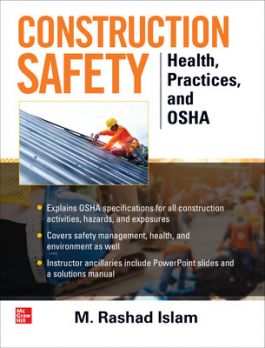

Figure 1: Containers – Flammable Materials
For example, how do you ensure that the bonding and grounding straps in Figure 1 (below) remain properly attached? If you don’t do it right, it’s an OSHA violation because a static spark may occur and cause a fire, explosion or other problem.
I asked a plant manager this question many years ago and his response was typical of someone who did not see the big picture of safety. He felt that all that was necessary was to ensure that employees working in the area knew that the straps must remain properly affixed.
The answer seems simple enough; management set the objective. If the objective is not met, it’s mostly a behavioral safety issue. If a bonding/grounding strap is not attached, it’s the employee’s fault. Is this correct, or is there more that must be considered?

Diagram 1 – Example: H&S Management System
The big picture
To solve the problem of potentially missing/broken bonding/ground strap in Figure 1, all of the activities in Diagram 1 (below), and possibly more, must be active.Consider some of the points in the diagram. Employees may know they have some obligation to keep bonding and grounding straps properly attached; but what if the strap is broken? Who reports that the strap is broken?
Who gets a new strap? What if budget is tight and a proper strap is hard to obtain?
Who installs the new strap? How do we know the new strap was installed properly? How soon does a new strap have to be installed? Do we stop work without the strap? And how important is it that the bonding/ grounding straps remain affixed?
Management system
Diagram 1 show some of the elements found in every health and safety management system including OSHA VPP, OHSAS 18001, ILO-OSH, and ANSI/ AIHA Z10. The diagram contains the key concepts of: 1) management leadership and employee involvement; 2) planning; 3) implementation and operation; 4) checking and corrective action; and 5) management review. These key concepts are represented in a continual improvement cycle based on the quality concept of “Plan-Do-Check-Act.”
Diagram 2 – Example of Gears in an Integrated Management System


